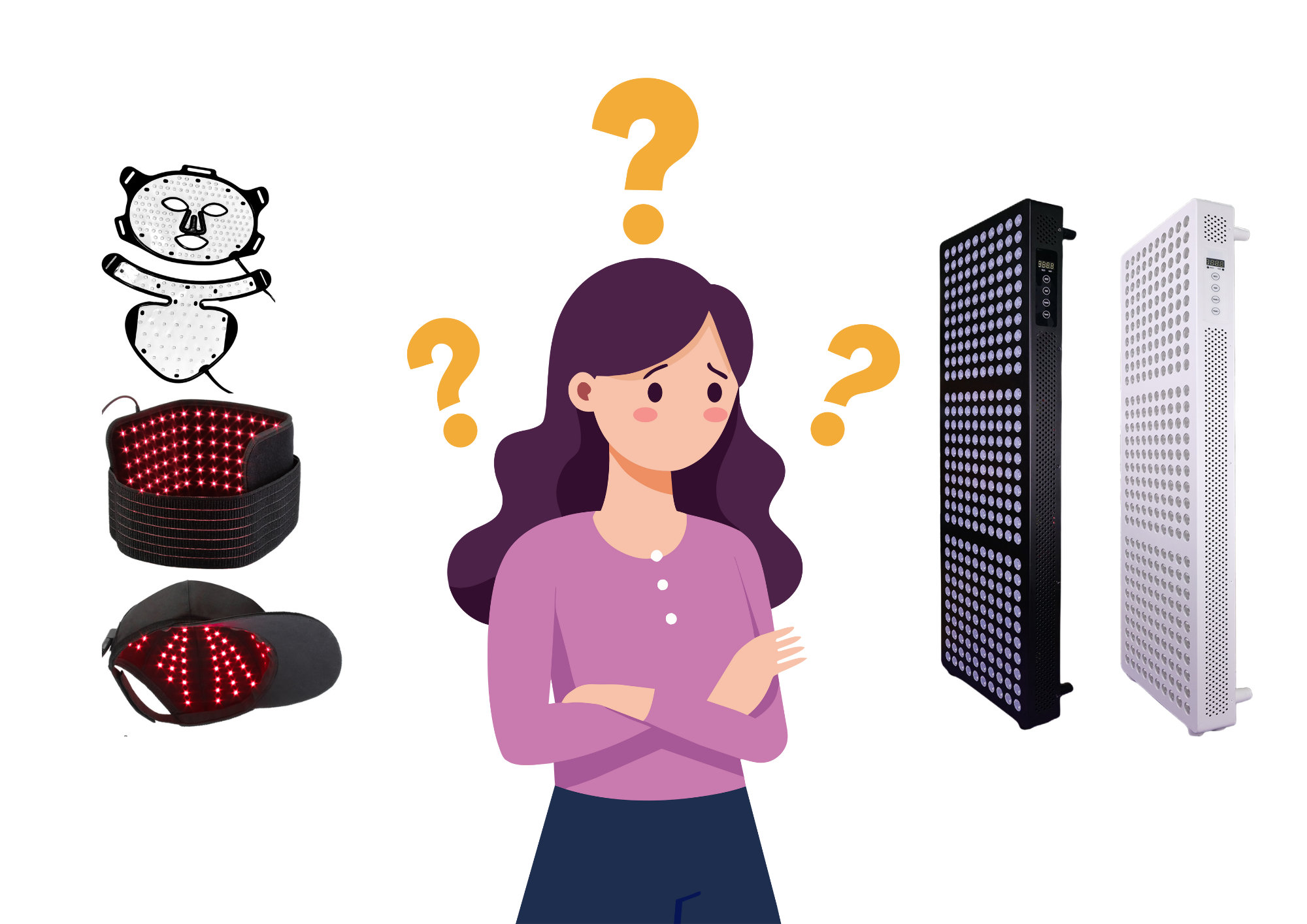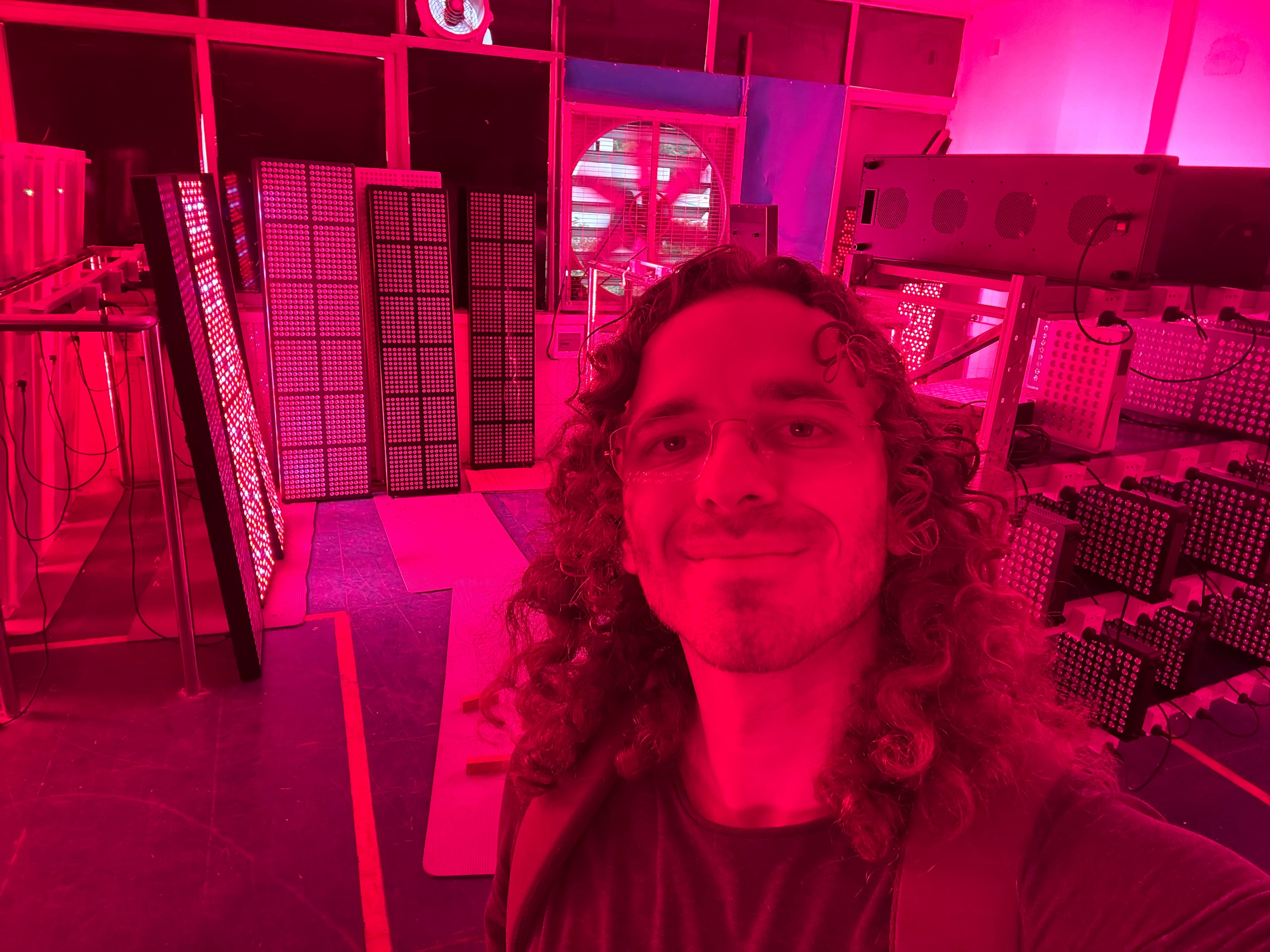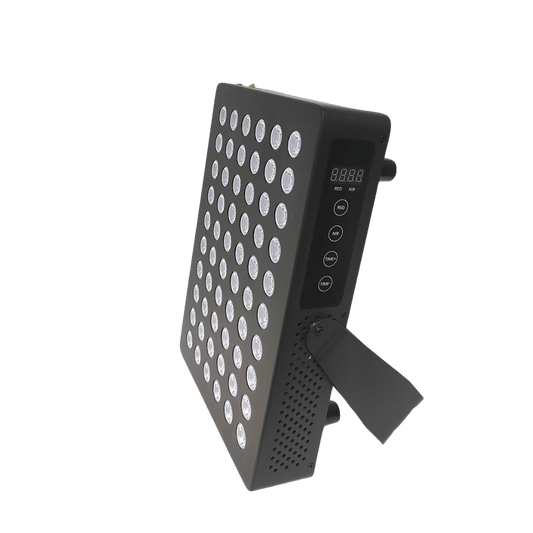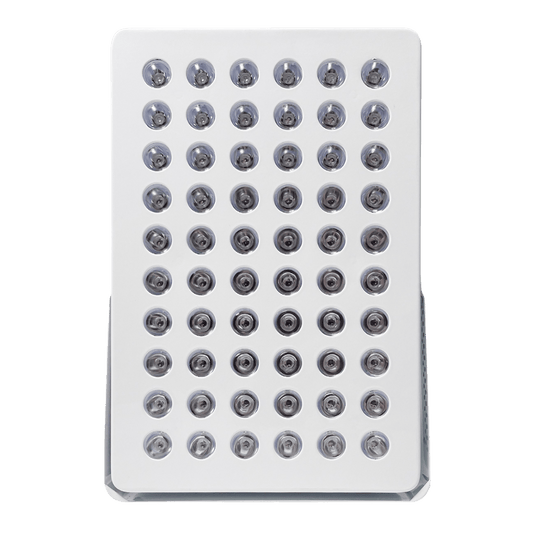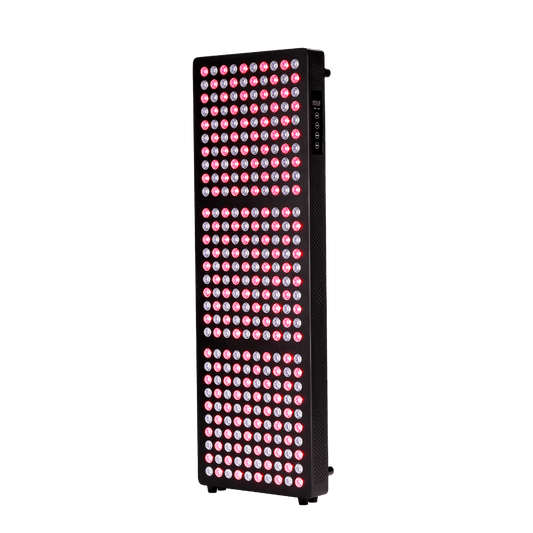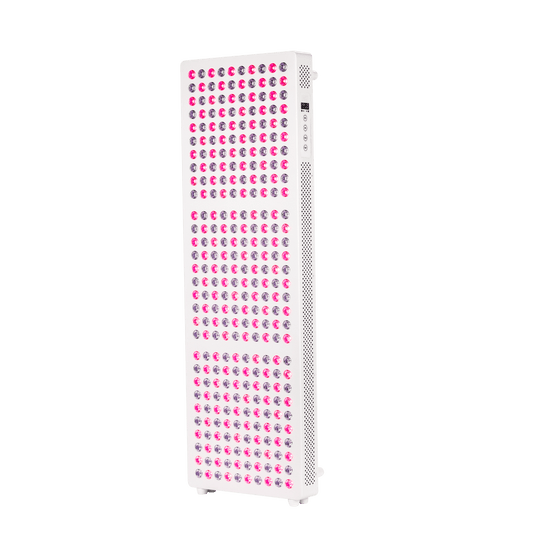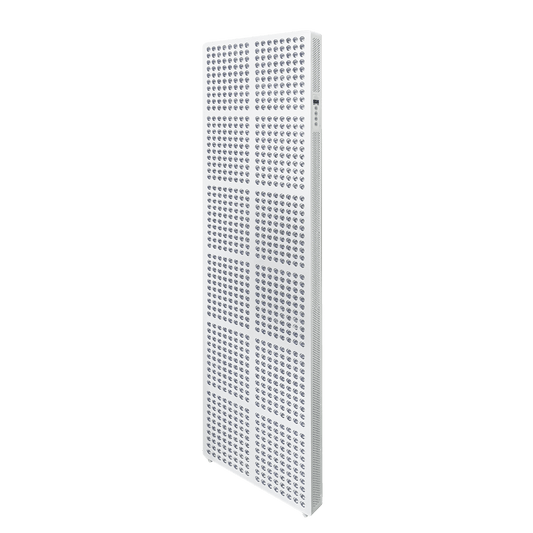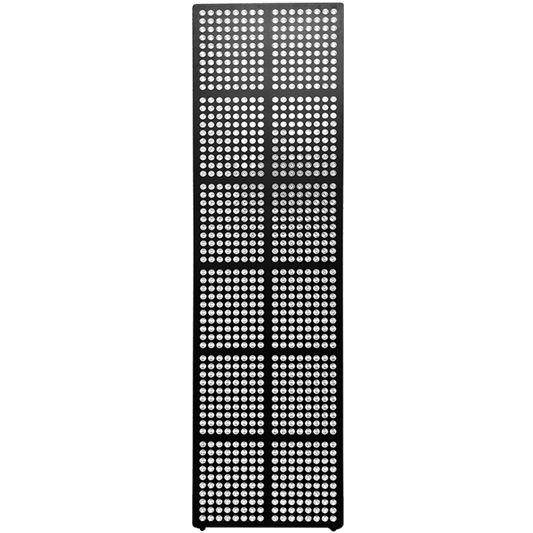How RLT Works
Red light therapy works by exposing the skin to red and near-infrared light. This is then absorbed by the mitochondria (the "powerhouse" of cells), stimulating self-rejuvenation by boosting our natural repair mechanisms³.
But why red light therapy and not green light therapy? Why not just sit in front of the sun?

Is RLT Legitimate?
There are many scientific studies showing red light therapy can help people³:
- Sleep better
- Reduce pain and inflammation
- Increase muscle mass and recovery
- Stimulate collagen production, rejuvenating skin and wrinkles
- Reverse hair loss
- Improve neural function, depression and brain diseases
- Elevate adenosine triphosphate (ATP) production and boost mitochondria function
- Heal injuries and wounds
- Improve eyesight
See the research for yourself by clicking the links above or visit our RLT Wavelength Research page for an overview.
The Problem
Not all light is created equally. While each colour has its uses (for example the HeroMask Elite and Core both have blue settings for its antimicrobial properties which may help with acne), all except for red and near-infrared also come with significant drawbacks.
| Colour | Range | Benefits | Drawbacks |
|---|---|---|---|
| UV | 10–380nm | Can treat skin conditions, necessary for vitamin D production | DNA damage, cancer |
| Violet | 380–450nm | Antimicrobial | Eye strain, oxidative stress |
| Blue | 450–495nm | Acne treatment, can improve inflammatory skin conditions like psoriasis and eczema | Sleep disruption, eye strain and skin damage |
| Green | 495–570nm | Can combat skin pigmentation | Sleep disruption, metabolic slowdown |
| Yellow | 570–590nm | Improves skin texture and tone | Limited penetration depth, less effective than longer wavelengths |
| Orange | 590–620nm | Skin rejuvenation, improved sleep | None |
| Red | 620–750nm | Stimulates collagen production and cell repair, wound healing & inflammation reduction, increases circulation & muscle recovery, releases melatonin | None |
| NIR | 750–1100nm | Deep tissue healing & muscle recovery, increases ATP (cellular energy), supports brain function & nerve regeneration, reduces pain & inflammation | Above 1000nm increases eye risk (not used in our panels) |
The Sun
Light is made of energy waves, with different wavelengths being perceived by the human eye as different colours. The sun, our strongest source of light and the basis for life on Earth, contains all of the wavelengths listed below. But as you've just read, this makes the sun a "double edged sword"; it both heals and harms us.
Another problem with the sun is that modern society requires us to wear clothes. This means even when we go outside most of our body never gets exposed to the red and near-infrared wavelengths contained in the sun.

Curious about what's above and below this range?
The Solution: Red Light Therapy
Red light therapy allows us to get the good parts of the sun without the bad. Our panels expose your skin to red and near-infrared light only - giving you all the benefits with none of the drawbacks.
You can also do red light therapy in the privacy of your own home, allow you to expose your whole body - as we did before the normalisation of clothes!
Unlike sun exposure, which contains a wide range of wavelengths including damaging UV rays, studies indicate red light therapy is safe.

Did you know longer wavelengths, like the red and near-infrared (NIR) used in our devices, can penetrate beneath the skin? This is how red light therapy can reach muscles and other deeper parts of the body.
But how should you choose a device?
Both panels and direct on skin devices can be effective red light therapy products. Which is best for you depends on your goals, budget and what will most smoothly integrate into your lifestyle.
Discover the best device for you by following our 6 Step process for choosing a red light therapy device.
And how do you do red light therapy?
One of the best things about red light therapy is how easy it is to incorporate into your lifestyle. For examplle, you can sit, stand or lie in front of your panel while working at your computer, doing yoga, meditating or even streaming shows.
Explore our guide on doing red light therapy at home.

